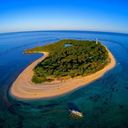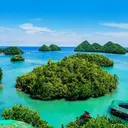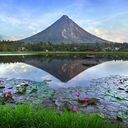- List your property - it's free
- Sign up or Log in
-
English- en
-
PHP - ₱
- Buy
- Philippines Property For Sale
- Philippines Real Estate
- See Newest Listings
- Why Buy with FazWaz.ph
- Rent
- Philippines Property For Rent
- Philippines Market Overview
- See Newest Rentals
- List your Rental
- Sell
- Projects
- Project Directory




























 Don't miss out!
Get notified when new apartments for rent are listed in the Philippines
Don't miss out!
Get notified when new apartments for rent are listed in the Philippines

































































































































